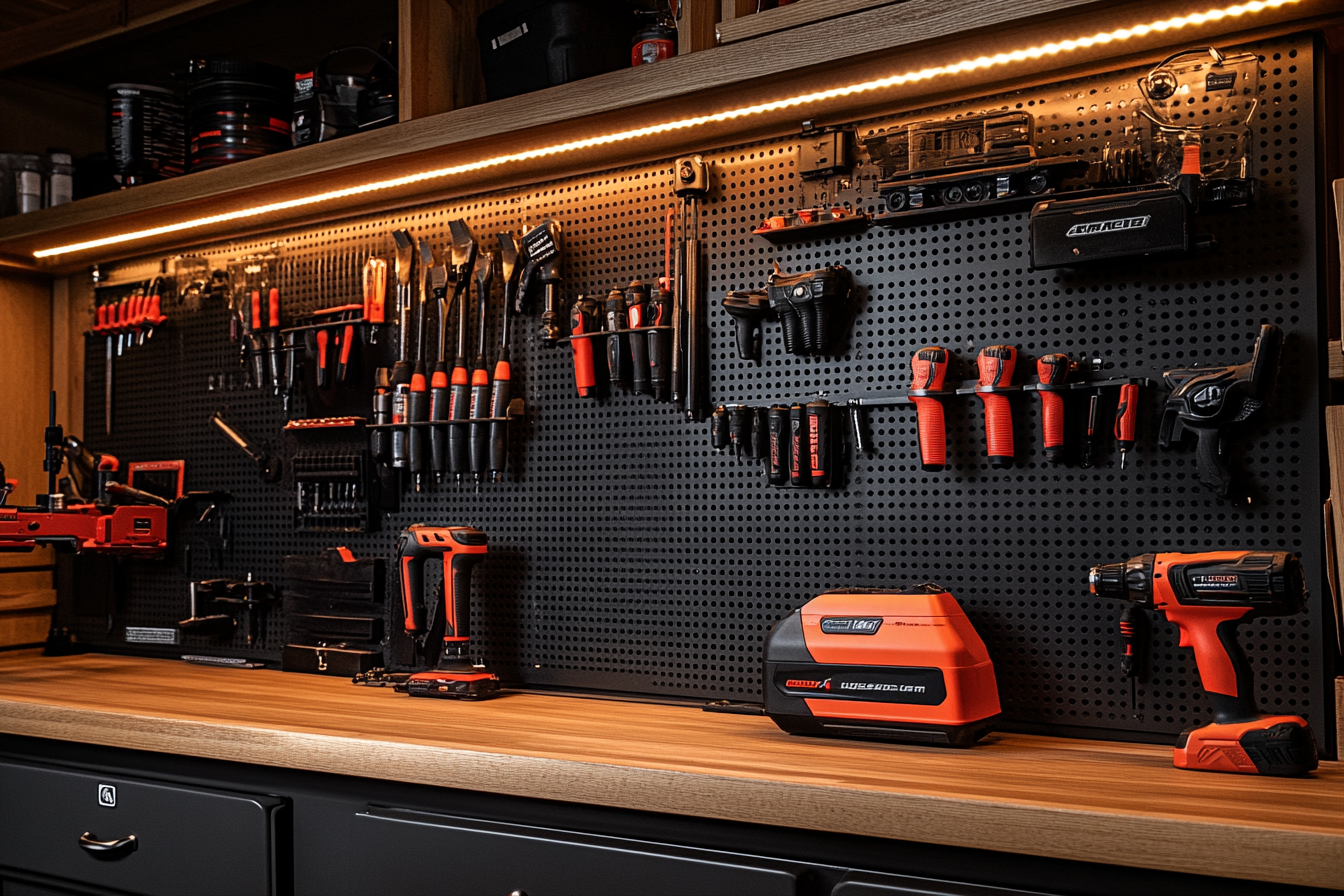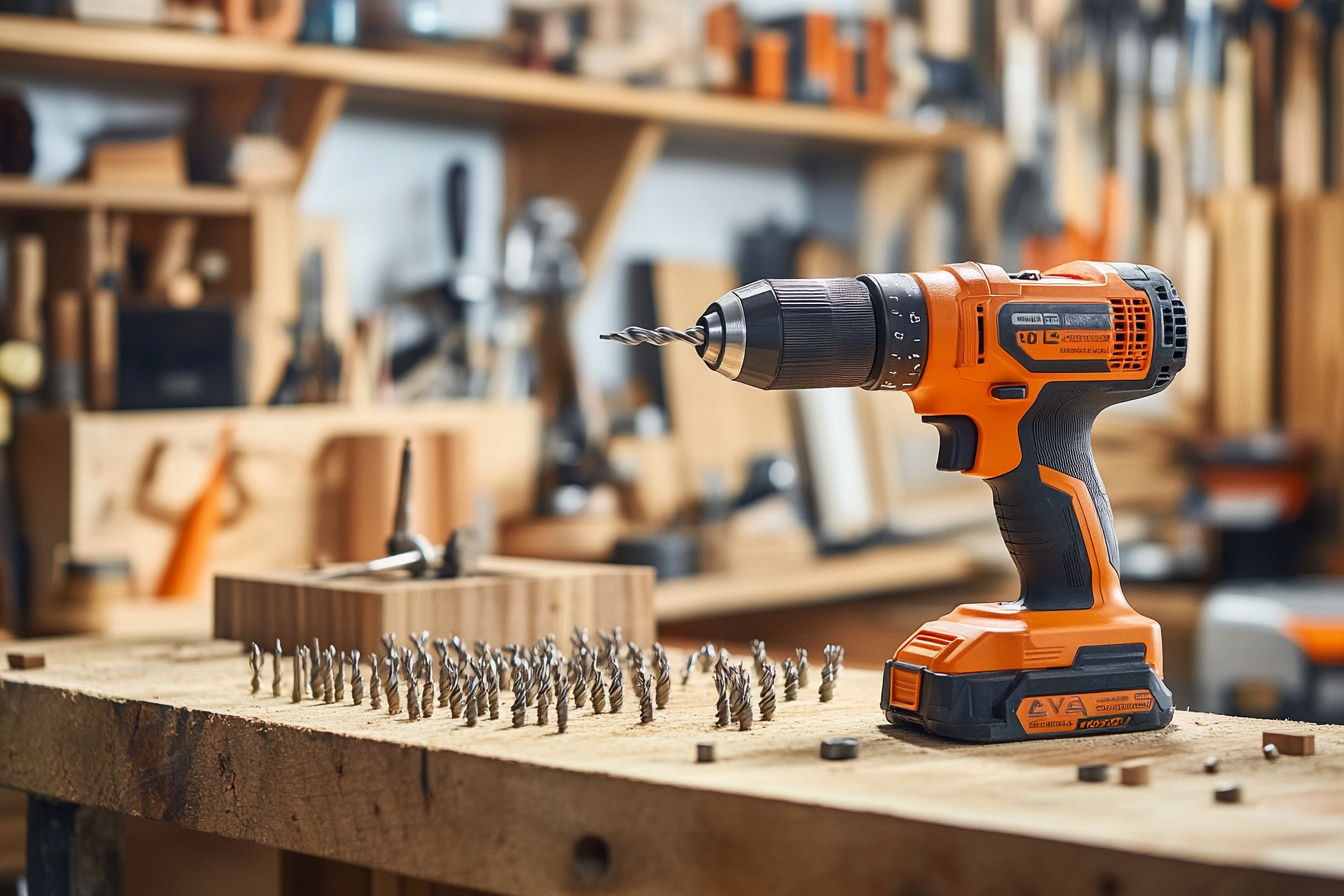
If you find yourself staring at the tool rack, wondering whether you need an impact driver or an impact drill1, you're not alone. It’s a common confusion, and one I remember dealing with myself when I first started. Let me help you clear it up once and for all.
Impact drivers are specialized for driving screws with high torque, while impact drills provide versatile drilling functions, ideal for a broader range of tasks.
Think of them as siblings—each with a distinct personality. One is great at brute force (impact driver), and the other has a mix of power and versatility (impact drill). Let's get into it.
Which is better: impact drill or impact driver?
This all depends on what you're planning to do. I’ve found that deciding between an impact drilland an impact driver can feel like deciding between a Swiss Army knife and a hammer. Do you need versatility, or do you need raw power?
An impact drill is better for versatility, while an impact driver is ideal for driving screws with high precision and power.

Should You Go Versatile or Powerful?
-
Impact Drill: Great for those of us who need to drill into various materials—wood, metal, concrete—you name it. The impact drill has a hammer function that gives it the versatility to handle these different tasks. It’s perfect for all-around DIY jobs.
-
Impact Driver: Imagine the impact driver as the powerful cousin of a drill. It takes care of screws, bolts, and fasteners. I remember the time I had to build a deck, and that’s when the impact driver saved me hours by delivering precise torque without wearing out my arms.
Here’s a quick comparison:
| Tool | Best For | Notable Feature |
|---|---|---|
| Impact Drill | Versatile drilling | Hammering feature for hard surfaces |
| Impact Driver | Driving screws, fastening tasks | High torque with less effort |
What type of impact driver do I need?
Choosing the right impact driver comes down to how you plan to use it and the types of projects you're tackling.
A 12V impact driver is suitable for light tasks, while an 18V or 20V is ideal for heavy-duty, professional use.
Voltage Matters
- 12V Impact Driver: Lightweight, portable, and great for smaller household tasks. It’s what I keep in my toolbox for those "just-in-case" moments.
- 18V or 20V Impact Driver: These are the real heavyweights. They’re a must if you're building furniture, doing extensive renovations, or tackling outdoor projects like decking. When I worked on a big project at my cousin's place, the 18V driver saved me from losing my mind with all the tough screws.
Choosing the voltage comes down to whether you want something lightweight or a powerful workhorse.
What's the most common rookie mistake with the drill and impact driver?
We’ve all made mistakes—trust me, I’ve had my share. But let me help you avoid the most common ones.
Mixing up which tool to use, like using an impact driver for drilling holes or an impact drill for delicate screw driving, can lead to trouble.
Learn from Mistakes
- Impact Driver Isn’t a Drill: The impact driver lacks the precision and design needed for drilling holes. I’ve seen this go wrong, especially when people attempt to drill into delicate wood and split it by accident.
- Over-Tightening Screws with an Impact Drill: Drills are less precise when it comes to torque2. I’ve over-tightened screws before and either stripped them or cracked the material.
Tip:
- Use the Right Tool for the Job: Remember, an impact driver for fastening and an impact drill for drilling—simple but crucial advice that can save a lot of frustration.
What is the most common size impact driver?
Impact drivers come in various sizes, but let’s focus on what most of us use regularly.
The most common size for an impact driver is 18V, offering the best balance of power and usability.
Why 18V Is the Sweet Spot
The 18V impact driver has become almost like the "gold standard" for many professional and home users. It's powerful enough to handle serious work yet still manageable. I remember buying my first 18V tool and being surprised at just how capable it was—it felt like a proper tool made for everything I needed without the bulk of the larger models.
- For Professionals: The 18V offers that torque and run-time that’s needed for long hours of work.
- For Homeowners: It’s got enough power for most home projects, from building shelves to assembling furniture.
Conclusion
Choosing between an impact drill and driver depends on the task. Each tool has its strength.
-
Helps readers understand the different functionalities to make an informed decision. ↩
-
Provides clarity on which power rating to choose, making the selection process easier for users.
impact drill vs drillimpact drill vs drillimpact drill vs hammer drillimpact drill milwaukeeimpact drill bit adapter ↩







